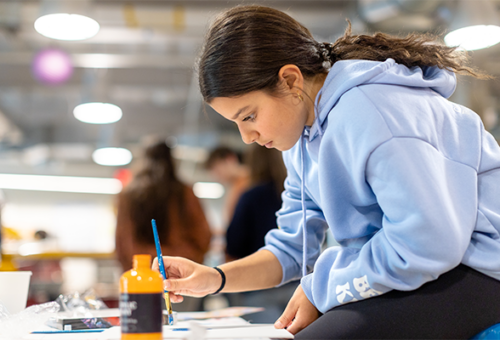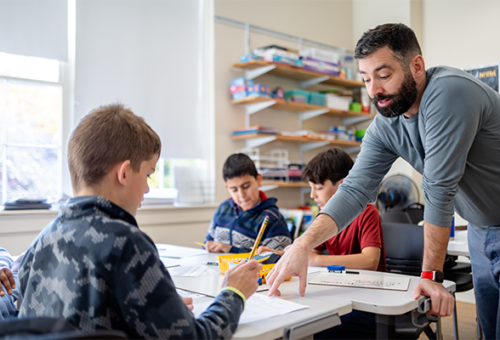We promote the success of every student by developing their full intellectual, personal, and social potential.
At Beaver, we teach all students the same core body of knowledge, ensuring no academic gaps. We push and stretch minds so kids become capable of addressing every and any imaginable intellectual task. We place great effort on teaching kids how to think with the utmost speed, accuracy, agility, balance, strength, stamina, flexibility and control.
We take private school education to a whole new level with mentor teachers, a student-centered class experience and thematically-driven curriculum which we believe allows students to better acquire, retain and master the usage of principles and content. Unlike traditional private schools, we do not train students to simply know content through memorization and repetition. At Beaver students learn content through the use of advanced thinking skills.
There are three cornerstones to the Beaver education:


